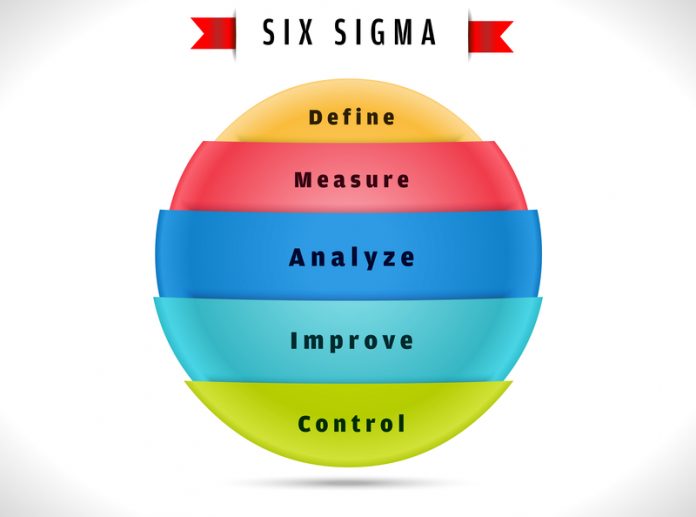The concept of Lean Six Sigma has provided many businesses successful results in various industries. This doesn’t only tell a successful tale of Lean Six Sigma but is also a major contributor to the quality-driven process. DMAIC is a holistic approach that conceptualizes Lean Six Sigma and how it works. To put it in simpler terms, DMAIC is the center of Lean Six Sigma. Today, we are going to discuss how this methodology of Lean Six Sigma is based on DMAIC and how it’s defined.
DMAIC is an acronym for the 5 phases of Lean Six Sigma, which are Define, Measure, Analyze, Improve and Control. When a project goes under the wing of Lean Six Sigma, these phases play a very important role. The project follows each of these phases and generates successful results.
Let’s discuss these phases more in detail:
Define
The very first phase is where you determine certain things in an unimproved project, such as the problem or defect, timeline, goals and resources. The crux of this phase is to identify the problem which might cause issues for the customer, using a high-level process map.
Tools used – Project Charter, CTQ
Measure
To understand the magnitude of the problem, it is measured in terms of the damage that the problem can cause with the appropriate use of data collection. This phase also involves the measurement of the current process and the extent of the damage.
Tools used – Data Collection Plan, VOC
Analyze
The third and crucial phase of Six Sigma is to identify the root cause of the problem and to determine the value-added elements, leading to the elimination of non-value added elements. It is also crucial to understand the performance of existing defects causing trouble to the entire process.
Tools used – 5 Whys, Histogram, Pareto Chart
Improve
Once the magnitude of the problem is understood, it is time for the team to figure out possible solutions and their reach. Having an improvement plan in place will be helpful.
Tools Used – FMEA, Brainstorming
Control
If a process isn’t sustainable, it won’t be valid for the improvement process, and won’t be followed. In order to achieve sustainability, the project needs to go through this phase of Six Sigma. The team must monitor the improved project and have documentation ready for the improved process.
Tools used – Control Plan
Any organization seeking support from Six Sigma must have a prior knowledge about how these 5 phases work and what importance they hold. This will ensure the organization is on the right path to improving their business processes.















I am very happy to read this. This is the kind of manual that needs to be given and not the accidental misinformation that’s at the other blogs. Appreciate your sharing this best doc.